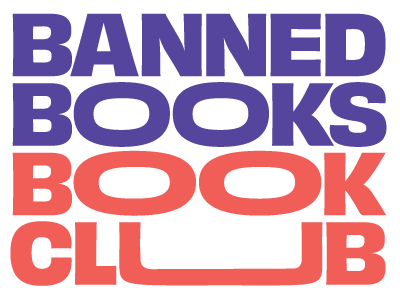Explained: Here’s Key Terminology Used When Discussing Books
When discussing books, it's helpful to understand some key terminology that can help you to better understand and analyze the texts. Here are three common phrases you might encounter when discussing books.
Plot
The plot refers to the series of events that take place in a book. It includes the characters, the setting, and the conflict or problem that drives the story forward. Understanding the plot can help you to better understand the events and actions of the characters and to see how they relate to the overall story.
Theme
The theme of a book is the central message or idea that the author is trying to convey through the story. It may be a lesson, a moral, or a commentary on a particular issue or topic. Understanding the theme can help you to see how the events of the story are connected and to identify the underlying message or meaning of the book.
Genre
The genre of a book refers to the category or type to which it belongs. Some common genres include romance, mystery, science fiction, and horror. Understanding the genre of a book can help you to understand the conventions and expectations of the story and to see how it fits within a particular literary tradition.
Characterization
Characterization refers to the way in which the characters in a book are described and developed. It includes both physical descriptions and the actions and behaviors of the characters. Understanding characterization can help you to understand the motivations and personalities of the characters and to see how they contribute to the story.
Setting
The setting of a book refers to the time and place in which the story takes place. It includes both the physical location and the historical and cultural context in which the events of the story unfold. Understanding the setting can help you to better understand the events of the story and to see how they are influenced by the time and place in which they occur.
Point of view
The point of view of a book refers to the perspective from which the story is told. It can be first person, in which the story is told from the perspective of a character in the story, or third person, in which the story is told from an external perspective. Understanding the point of view can help you to see how the events of the story are filtered and interpreted by the narrator or perspective character and to better understand their motivations and perspectives.
By understanding these key phrases and their meanings, you can better analyze and understand books and participate in discussions about them. Whether you're a reader, a writer, or a book club member, having a strong understanding of these terms can help you to engage with texts more deeply and to appreciate them more fully. Try to use these terms when you’re reflecting on books in our library!
